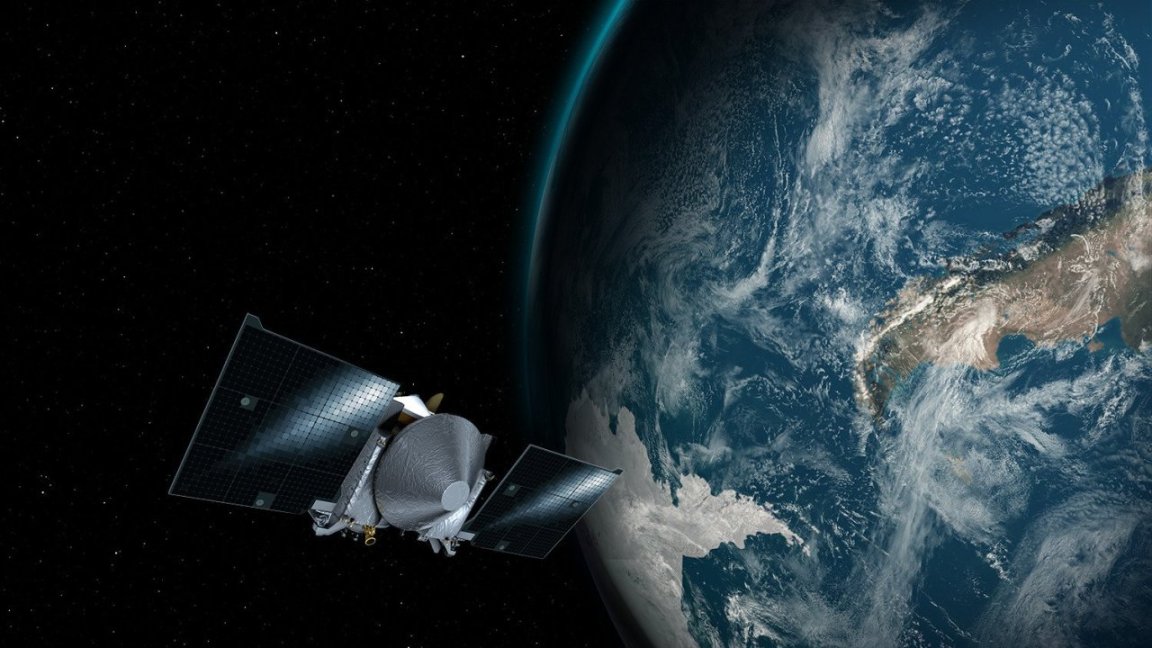
NASA’s OSIRIS-REx spacecraft is currently on approach to Earth, having spent the last year circling the sun. It’s set to fly by on Friday (September 21) at 19,000 miles per hour, keeping a distance of around 11,000 miles.
This close encounter is intended to make a modification of about six degrees to its current trajectory, putting it on course to reach its destination: an asteroid dubbed Bennu. “We’re essentially stealing a bit of the earth’s momentum as we go by,” the leader of NASA’s OSIRIS-REx navigation team, Michael Moreau, told the New York Times.
That’s no exaggeration. The Earth’s tilt will change very slightly as a result, but by such a small amount that it’s not even worth calculating.

OSIRIS-REx is heading to Bennu to gather samples researchers hope will further our understanding of the origins of life in this galaxy. The asteroid is thought to be packed with carbon-rich molecules that were formed when the solar system was born some 4.5 billion years ago.
The mission should also give us some useful insight into the asteroid’s physical and chemical properties — which could come in handy, given that there’s a 1 in 2,700 chance that it will collide with the Earth between 2175 and 2196.